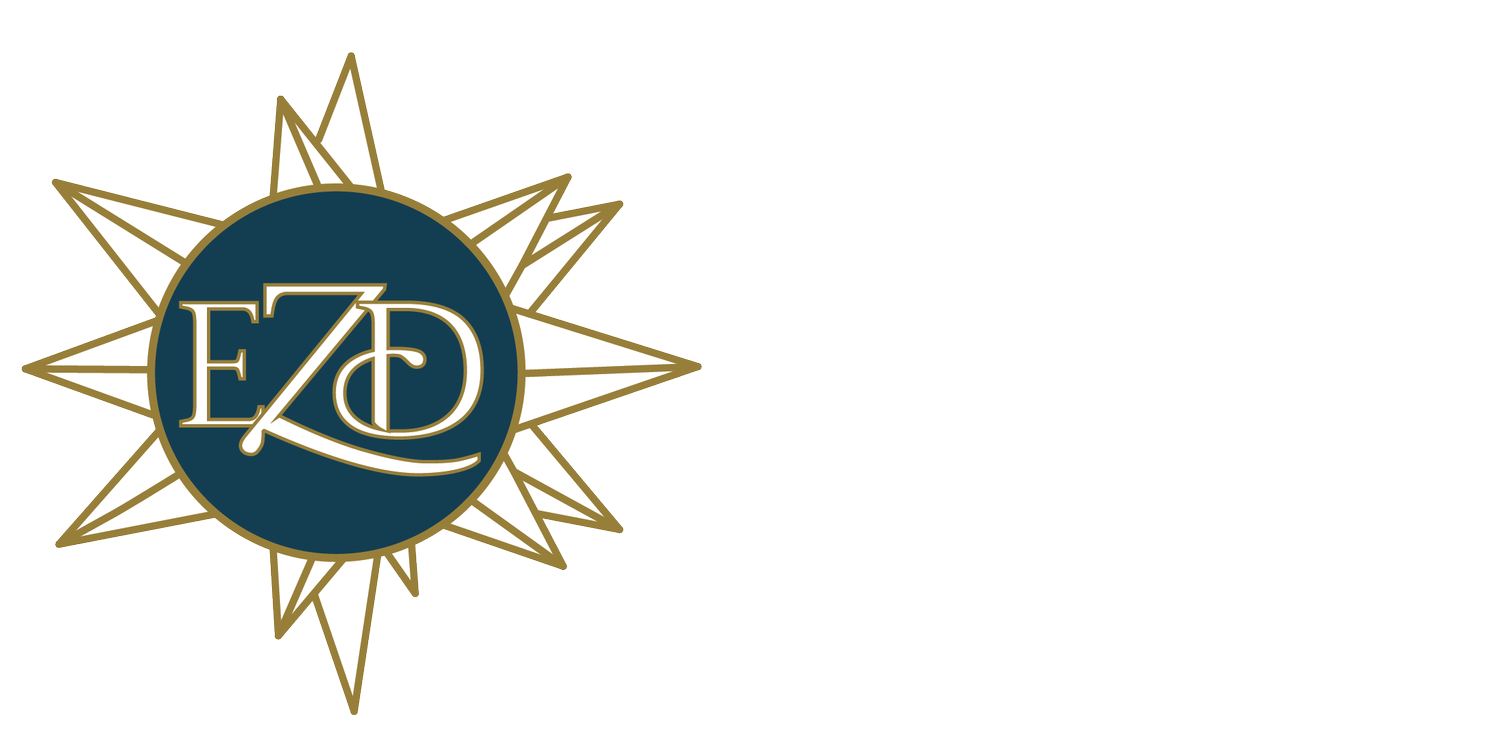DIY Spirit Aroma Kit
Last year the Commonwealth Club of California hosted a panel discussions entitled “Distilled in the Bay Area: How to Drink Like a Locavore.” During the Q&A, one question that seemed to be on the minds of many in the audience was, how to improve one's ability to detect and describe the aromas present in spirits? The panel of distillers offered a few suggestions. Their primary suggestion, which I've heard before, was to hold a tasting with some friends. At the tasting you pick a couple spirits of the same type (i.e. gin, bourbon, scotch, rum) and as you smell and drink them you talk with your friends about the aromas and flavors you are noticing. It is helpful to do this in a group because not only will different people notice different things but they may also use different words to describe whats in the glass. I can say from my own experience these types of events are very helpful. Numerous times I have had an experience where I have been stuck trying to describe an aroma and a friend offers their suggestion which perfectly describes the sensation.
The second suggestion the panel offered to improve one's ability to recognize aromas was to practice with an aroma kit. An aroma kit is a collection of small vials that contain aromatics that match the name on the label. For instance vials labeled oak, green apple, black cherry, clove, smell like their name. The purpose of these are to practice associating the smell of an aroma with its name so that when you come across a similar aromas in spirits you can identify them. However, the only commercially available aroma kits I was able to find were geared towards red wine drinkers and very expensive. I was primarily interested in aromas found in spirits and I not that keen to spend hundreds of dollars on a kit that some reviewers complained came with vials that didn't smell at all.
I was almost ready to give up on the idea when my brain connected a conversation I had with a friend about herbal tinctures with my homemade vanilla extract. A number of years ago some friends gave me a vanilla extract kit for Christmas. The kit consisted of a 4oz bottle three whole vanilla beans and a bottle of vodka. To make the vanilla extract I slit the beans, placed them in the bottle, filled it with vodka and let it sit in the cupboard. Since alcohol is a solvent the vodka dissolves a little of the vanilla bean infusing it with its flavor and aroma. Tinctures are similar in that they use alcohol to extract healthful properties from various herbs. I put these together and I thought maybe I could make my own spirits aroma kit.
To do this I bought some 2oz amber glass bottles with the plan to fill them with various herbs, spices, other aromatics common to spirits and 40% vodka and see what happens. Future posts in this series will show my process, the results and hopefully prove to be a low-cost alternative to buying a commercial aroma kit.
